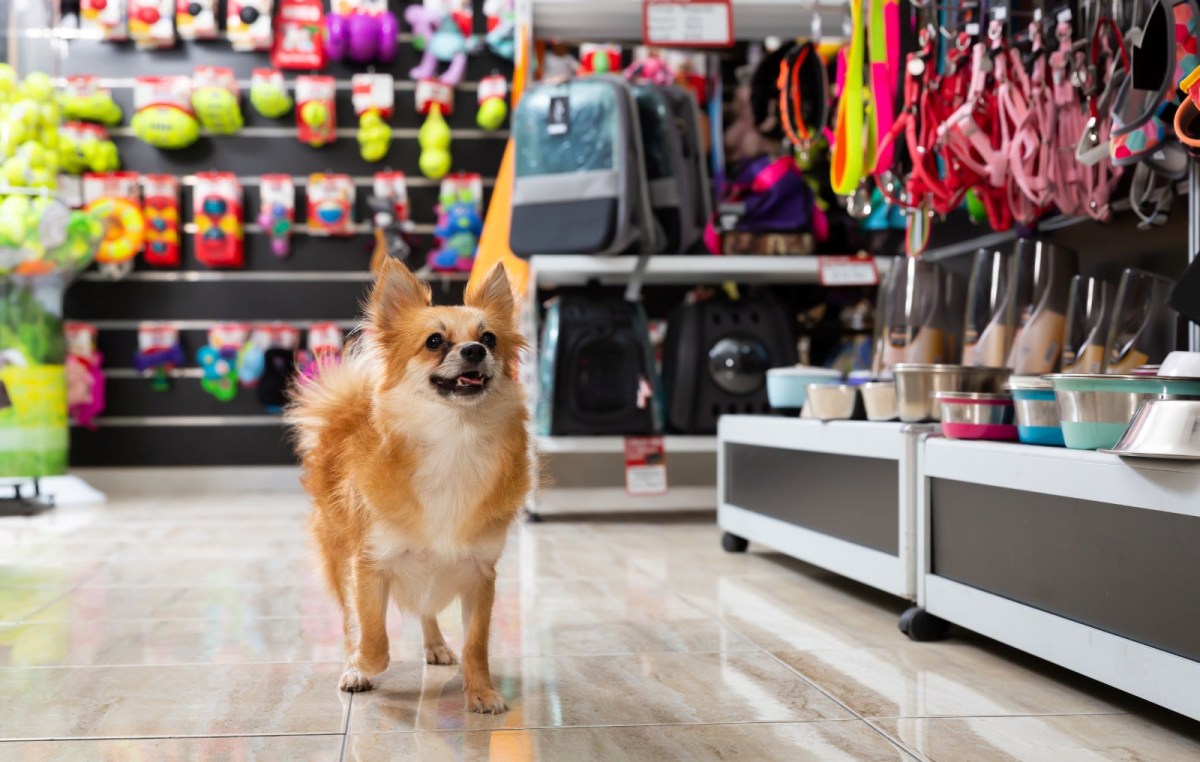Over the past three years, the pet supply retail industry has witnessed significant growth, spurred by a surge in pet adoptions during the pandemic as people sought companionship. Additionally, the rise in remote working has led to increased attention and time spent with pets, driving higher demand for pet supplies and accessories. This upsurge in demand, combined with the accelerated adoption of omnichannel strategies, has compelled pet retailers to prioritise the swift fulfillment of customer needs.
In Australia and New Zealand, the pet and pet supplies industry is valued at $3.7B. However, high interest rates are putting pressure on household discretionary income, potentially impacting pet and pet supplies sales. To thrive in this challenging environment, pet retailers in the region must embrace advanced, AI-driven, machine-learning solutions and strategies to diversify their product assortment and channels, capture untapped markets, and optimise their existing product prices. They can also employ targeted promotions, which can improve revenue and pave the way for future growth.
Omnichannel retail: Embracing the growing shift
The pet supply retail industry is experiencing a notable shift in consumer behaviour, with 39% of consumers continuing to shop omnichannel, despite a partial return to in-store shopping. This trend is further accentuated by the emergence of new players, including online-only retailers, highlighting the importance of understanding channel-based demand nuances.
Pet retailers in Australia and New Zealand are also facing additional challenges due to the presence of new entrants, such as large, low-price retailers diversifying their range with pet-centric products like food, bedding, and toys. Retailers in the region are also strategically expanding their operations by acquiring online pet retail businesses. This diversification increases price pressure on existing players, necessitating strategic responses to maintain competitiveness.
To navigate this changing landscape successfully, pet retailers must incorporate factors relevant to each channel into their forecasts. Integrating automated systems that interpret sales data and external factors becomes crucial in achieving effective forecasting across multiple channels. Moreover, the prioritization of inventory by channel is essential, as it enables retailers to meet demand more efficiently, whether through home delivery or in-store purchases.
Diverse assortments: Meeting complex planning needs
Pet retailers offer a wide range of products, including packaged and fresh foods, pet clothing, medications, toys, and even live animals. Managing such a diverse assortment presents unique challenges in accurately and efficiently handling both fast- and slow-moving products.
Forecasting, in combination with advanced inventory control measures, are particularly critical for managing fresh items like perishable foods and live animals, ensuring minimal stock-outs and waste. Additionally, retailers face ethical and legal implications related to the management of live animals, necessitating precise forecasting not only for the animals themselves but also for the food and supplies required to care for them in-store.
Integrated supply chain: Agility in complex replenishment
Pet retailers have extensive ranges and diverse seasonal demands, requiring them to measure the impact of decisions across all functions. Integrated supply chain planning, utilising projected inventory requirements and forecasted channel sales, ensures a more efficient flow of goods.
Dealing with long-distance suppliers adds complexity to lead time prediction. An adaptable solution is necessary to manage replenishment orders across varied suppliers and automatically identify the most cost-effective options. A flexible system with user-configurable rules enables retailers to create accurate replenishment plans for each store and product without manual work. The entry of larger players is expected to create replenishment challenges for suppliers, prompting retailers to optimise their supply chain further to manage costs and ensure smooth operations.
Promotion strategies: Addressing seasonal items and channels
Promotions play a vital role in driving up to 50% of pet specialty retail sales and store traffic annually. However, consistently successful promotions are a significant challenge. Understanding which promotions drive sales and which ones don’t is critical.
Pet retailers must optimise promotions for seasonal items and sales channels, ensuring proactive planning and forecasting accuracy. Competitive pricing and intelligent decision-making are essential to boost margins in this complex market. Promotion optimisation technology enables collaborative planning, target setting, performance tracking, and timely adjustments to changing inventory levels and price changes.
Embracing modern planning for long-term success
In the increasingly competitive pet retail sector, success hinges on meeting today’s challenges with advanced planning. Addressing the complexities of omnichannel retail, diverse assortments, integrated supply chain, and promotion strategies requires a modern, centralised, and holistic approach. Retailers must invest in automated systems and technology to navigate the ever-evolving pet specialty sector successfully.
Strategic adoption of innovative technologies will enable pet retailers to stay competitive, mitigate risks, and deliver exceptional customer experiences, securing a strong position in the thriving pet retail market.
Emile Bassil is pre-sales solution principal for Australia & New Zealand at RELEX Solutions.

